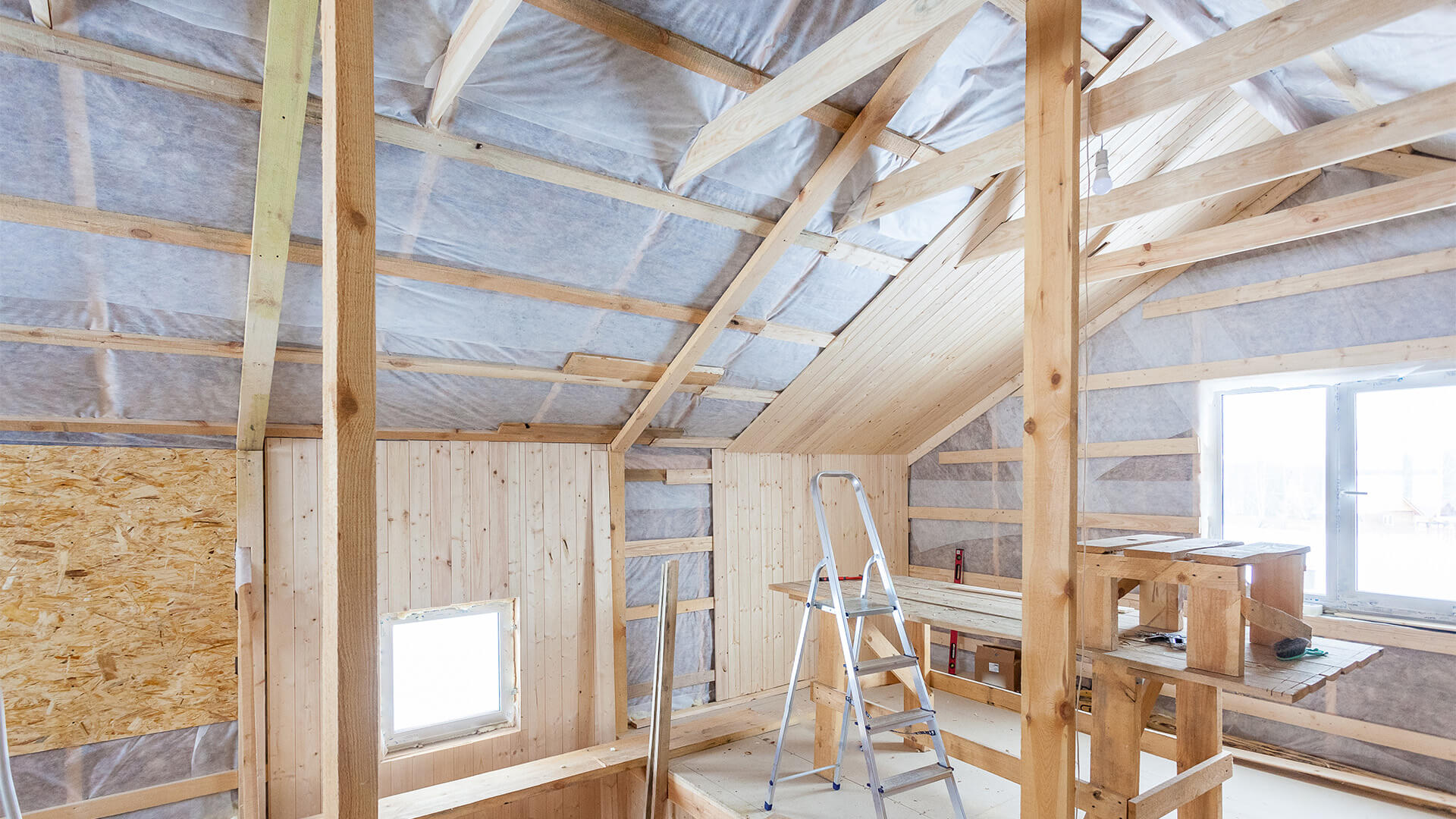Current and future homeowners alike must learn about building envelopes if they want to improve their home’s efficiency and sustainability. This method of sealing a home ensures the temperature adjustments a family makes indoors are not affected by the outside weather. Additionally, it helps the house stay in excellent shape by repairing any cracks and preventing mould growth.
Construction professionals who wish to educate homeowners on building envelopes can use this guide to explain it to them. The article may answer many of their questions and concerns in language that’s more accessible.
The Definition of a Building Envelope
So, what does this term mean? A building envelope is a continuous barrier around a house or other structure that separates the indoor and outdoor spaces. More specifically, it distinguishes between conditioned and unconditioned air. The building envelope should keep any air conditioning or heat inside a home while not allowing outside air in.
It can additionally prevent other forms of intrusion, such as:
- Water
- Noise
- Light
In summary, a building envelope should prevent outdoor influences from coming in when all openings are closed. It should stop leaks, escaping air, and additional noise from disturbing a house and keep everything inside regulated.
What Does a Building Envelope Consist of?
Because it should encompass an entire home, building envelopes can have many parts. It’s not an actual envelope or barrier – it’s a set of components throughout the house that protect it from heat loss, cooling loss, or damage. These pieces can be split into the categories of transparent and opaque.
Transparent Components
As the name suggests, the transparent parts are the see-through ones. These can be as simple as windows and glass doors – or, if a home is more decorative, they can consist of glass walls and skylights. The transparent components can let heat or cold air in through sunlight or improper sealing.
The types of glass a homeowner chooses can vary depending on environmental factors. For example, a house that gets a decent amount of sun in the winter may benefit from low-emissivity windows to increase its heating efficiency and lower its energy costs. However, a home without much winter sun may not need to do the same.
Opaque Components
There are many more opaque parts to a house, so there are many more components to go over. These pieces include:
- Roofs
- Walls
- Basements
- Foundations
- Solid doors
To put it more simply, it is essentially the rest of the home besides the windows. These are the structural components that can crack and experience wear over the years.
Many factors can influence the security of the opaque parts’ integrity. A roof may have the best insulating shingles, but it needs an underlayment to remain waterproof in the event of a destructive storm. Additionally, a basement could have a top-shelf sump pump, but it requires proper sealing to ensure it’s not freezing compared to the rest of the house.
Each of the opaque components has a multitude of considerations to account for.
What Are the Benefits of a Building Envelope?
If a home was not built with a building envelope in mind, making the necessary adjustments can add up depending on what needs changing. So why would a homeowner want to invest in creating such a barrier for their house?
1. Energy Efficiency
Because the building envelope prevents additional hot or cold air from getting inside, it can reduce the amount of work an HVAC system needs to do. Too many leaks or inefficient windows can cause heaters and air conditioners to work more than they need to. By having a barrier preventing that, homeowners can expect to see savings by making these upgrades.
The United States Department of Energy expects building envelopes could save 5.3 quads of energy if many more buildings were to use them by 2030 (1 quad equals 293 billion kilowatt-hours). The money homeowners could save by improving their house’s barrier could be substantial with routine maintenance. After all, they spend nearly £5,000 running their HVACs annually.
2. Lower Damage Risk
Any home with an improper barrier risks mould growth and structural decay due to water. British houses are notoriously damp and mould-prone due to their age and the weather at most times. When homeowners leave their dwellings in the state they’ve been in for ages, it can cause significant wear on the exterior and foundation.
A proper building envelope can reduce the risk of mould and structural damage by eliminating the chances of leaks. Not only will this improve the home’s longevity, but it will also improve the air quality for those currently living in it. However, residents in rainier places must keep in mind they require routine maintenance to maintain the barrier’s integrity.
3. Overall Savings
Besides energy efficiency, there are plenty of opportunities for cost savings when upgrading a building envelope. When an HVAC system has less of a cooling or heating load, homeowners can adjust to a smaller system to improve efficiency even further. Additionally, houses that couldn’t run entirely on renewable energy may be able to do so with a better barrier.
Additionally, these homes may need fewer repairs than their leaky counterparts. A house with a subpar envelope could need frequent fixes on the insulation, foundation, and structural components. However, a well-protected home shouldn’t have as many of these needs. While they will require a careful eye, they’ll likely have less expensive repairs.
Invest in a Strong Building Envelope to Improve Homes
A robust barrier between a house’s interior and the outside world can help homeowners lower their spending and fortify the integrity of their homes.
Construction professionals can use this guide to teach them about what a building envelope is and why it’s essential to include, regardless of a house’s age. Prevention is the best way to avoid unnecessary damage – and a building envelope can help do just that.

































